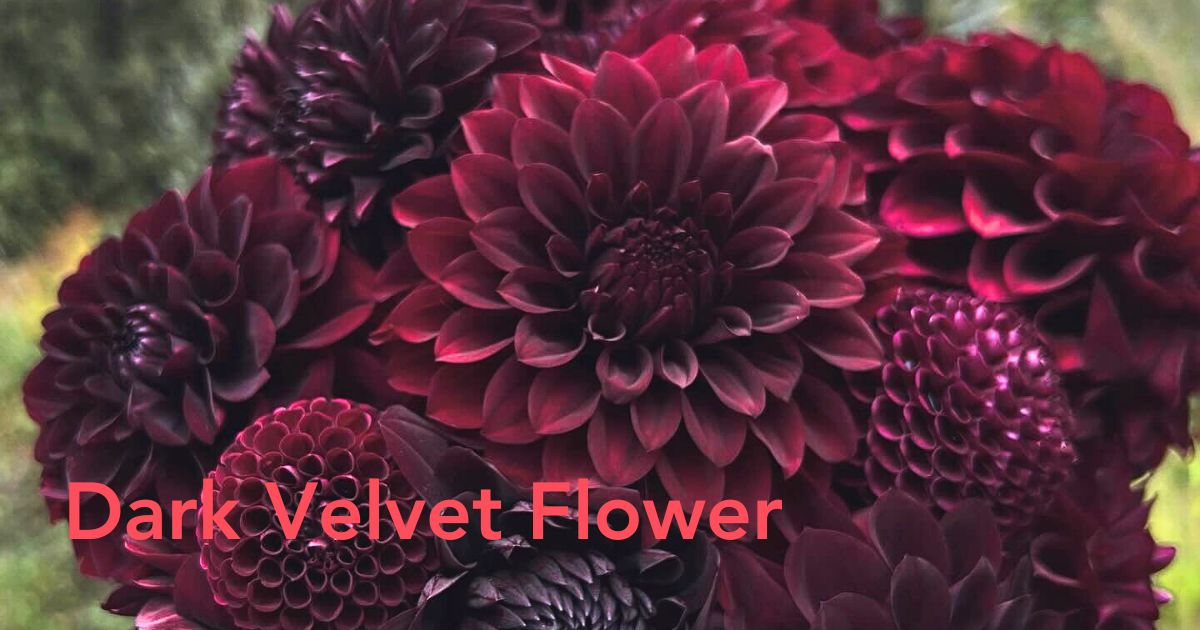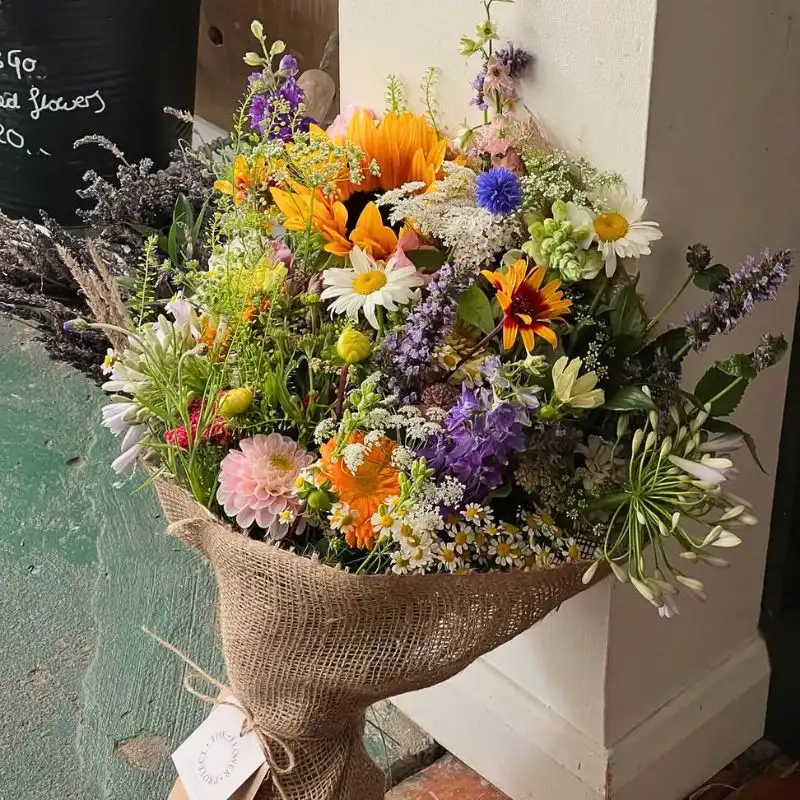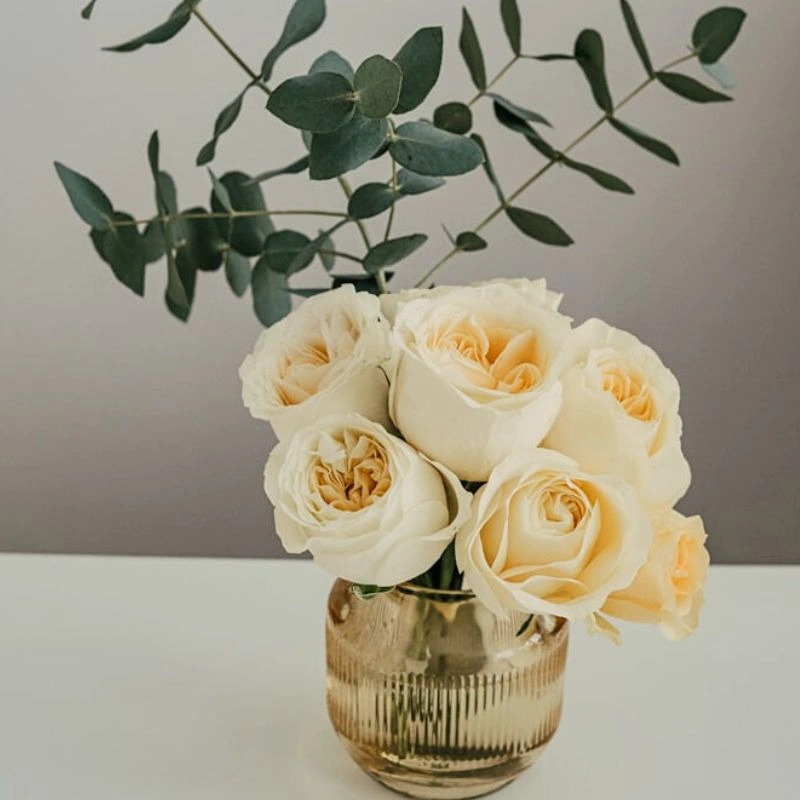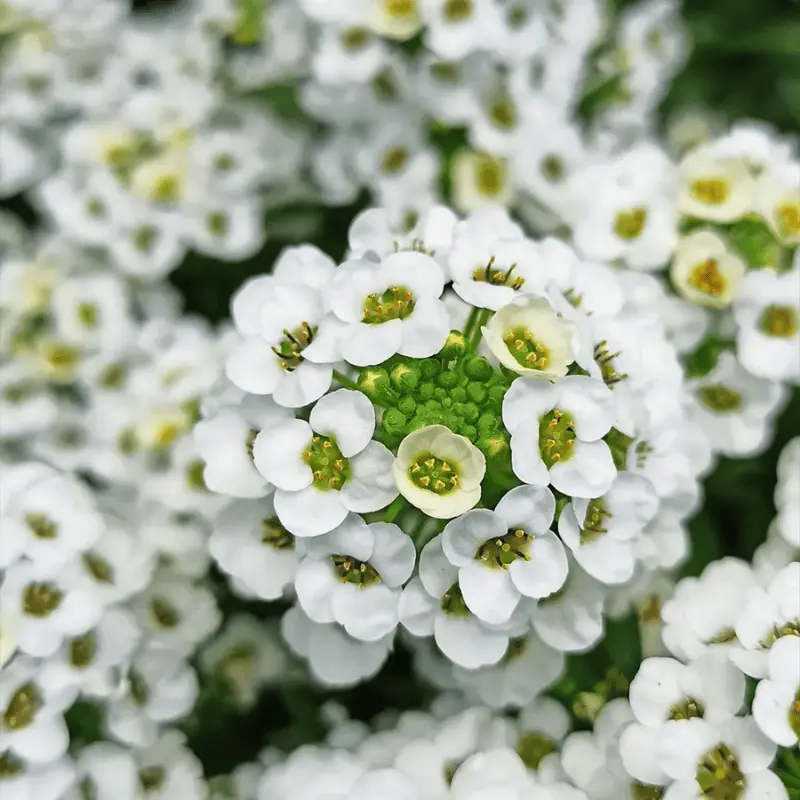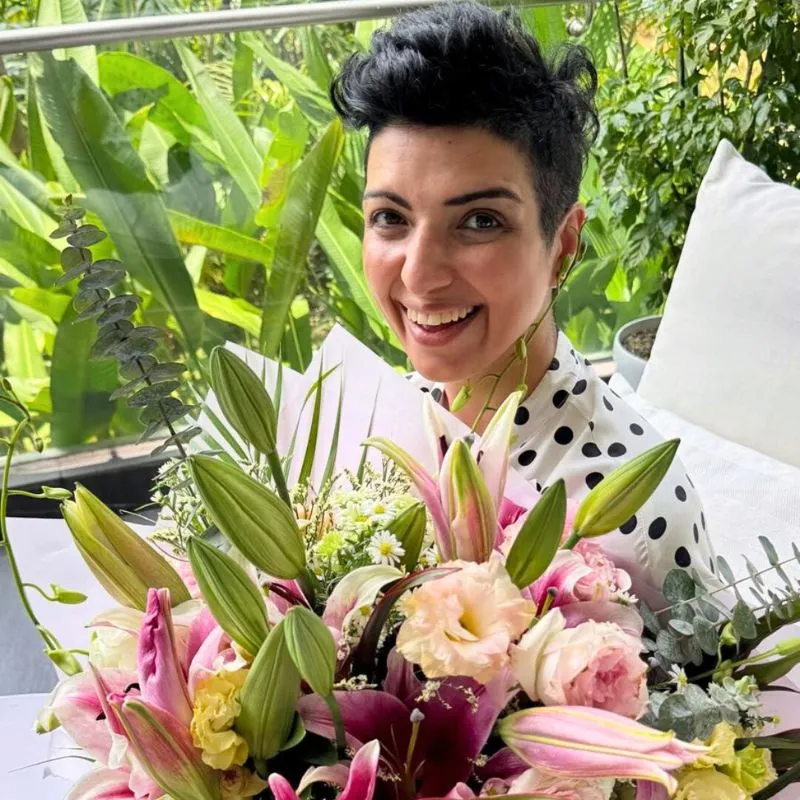The black Dahlia flower is one of the most visually arresting and symbolically loaded flowers in the world of floriculture. With its deep, nearly black hues and layered appearance, the black Dahlia stirs curiosity, conversation, and creativity. Despite being surrounded by both horticultural interest and cultural intrigue, it remains misunderstood by many. This article explores the truth behind the black Dahlia, its symbolism, how to grow it, and how florists and designers are using it today.
Is the Black Dahlia a Real Flower or Just a Name?
The term 'Black Dahlia' can be slightly misleading. In botanical terms, there is no true black flower in the Dahlia genus. What florists and gardeners refer to as the Black Dahlia is a deep maroon, burgundy, or very dark purple variety that gives the illusion of black under certain lighting conditions. Cultivars like Dahlia Arabian Night, Black Beauty, Karma Choc, and Chat Noir are among the most recognized for their rich, dark shades that approach black.
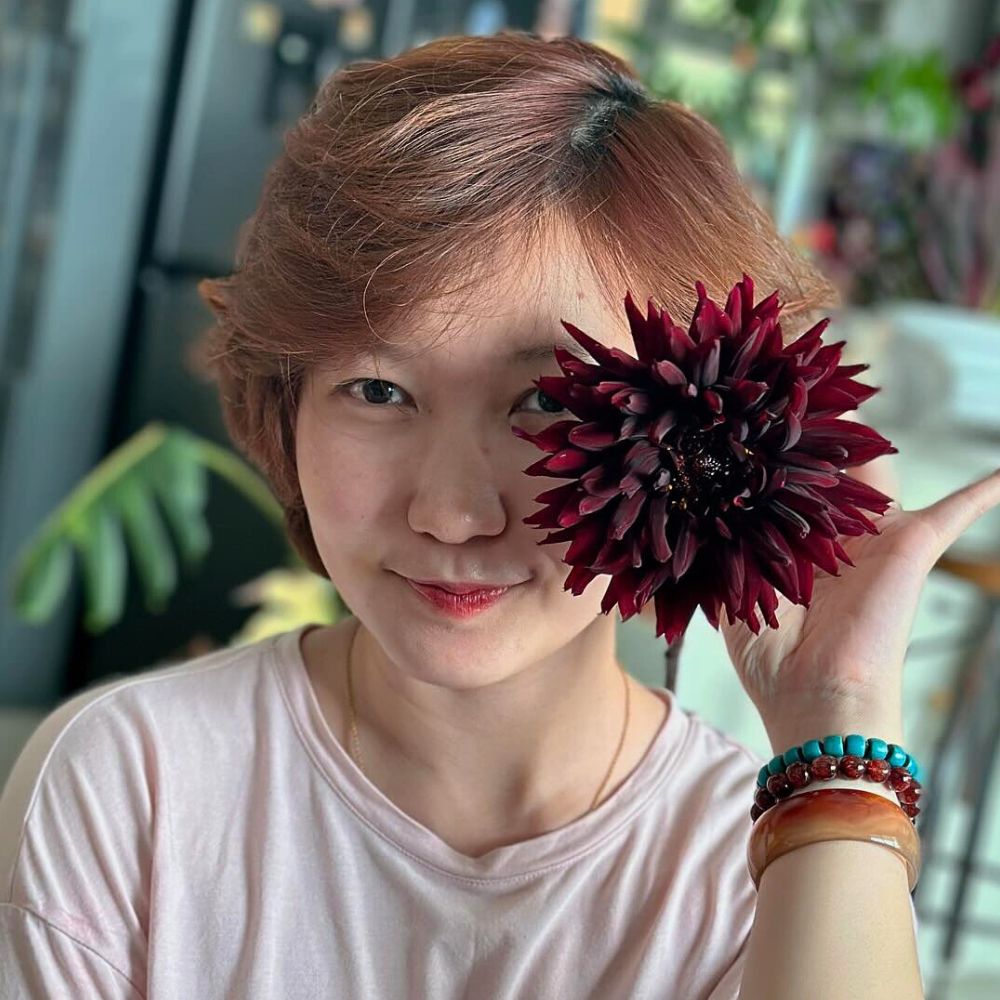
These varieties are bred for intense pigmentation and are often used to create drama and depth in floral arrangements. While a genetically pure black Dahlia does not exist, the desire for darker shades continues to inspire breeders.
A Brief History of the Black Dahlia Flower
Dahlias are native to Mexico and Central America and were cultivated by the Aztecs for their beauty and medicinal properties long before they reached European gardens in the late 18th century. Over time, breeders began to develop a wide range of color variations, with the deepest shades becoming especially popular in modern gardens and avant-garde floral design. Today, Dahlia is the national flower of Mexico.
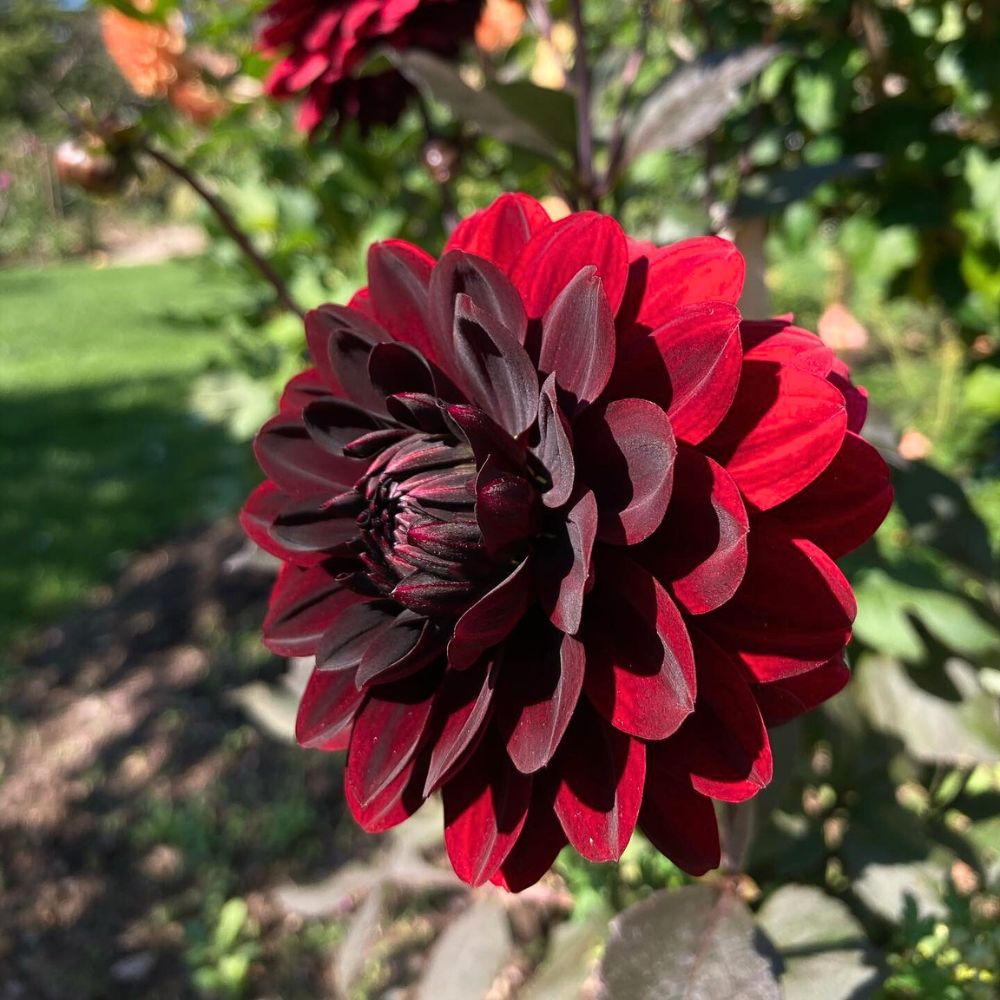
However, the Black Dahlia name is also tangled in pop culture due to its association with a tragic 1947 murder case in Los Angeles that became known as the "Black Dahlia" murder. Despite the spelling difference and the fact that the crime has nothing to do with the flower, the name stuck in public consciousness, adding an element of dark mystery to an already enigmatic plant.
What Does the Black Dahlia Flower Mean?
The Black Dahlia flower is rich in symbolic interpretations. It is often associated with mystery, strength, elegance, and sometimes even betrayal. These meanings are largely shaped by its dark color, which in floral symbolism is frequently linked to the unknown, transformation, and resistance.
In the language of flowers, giving a Black Dahlia can express a deep, sometimes somber sentiment. It can be a bold statement of farewell, personal power, or internal change. This makes it especially popular in stylized, expressive arrangements and unconventional ceremonies.
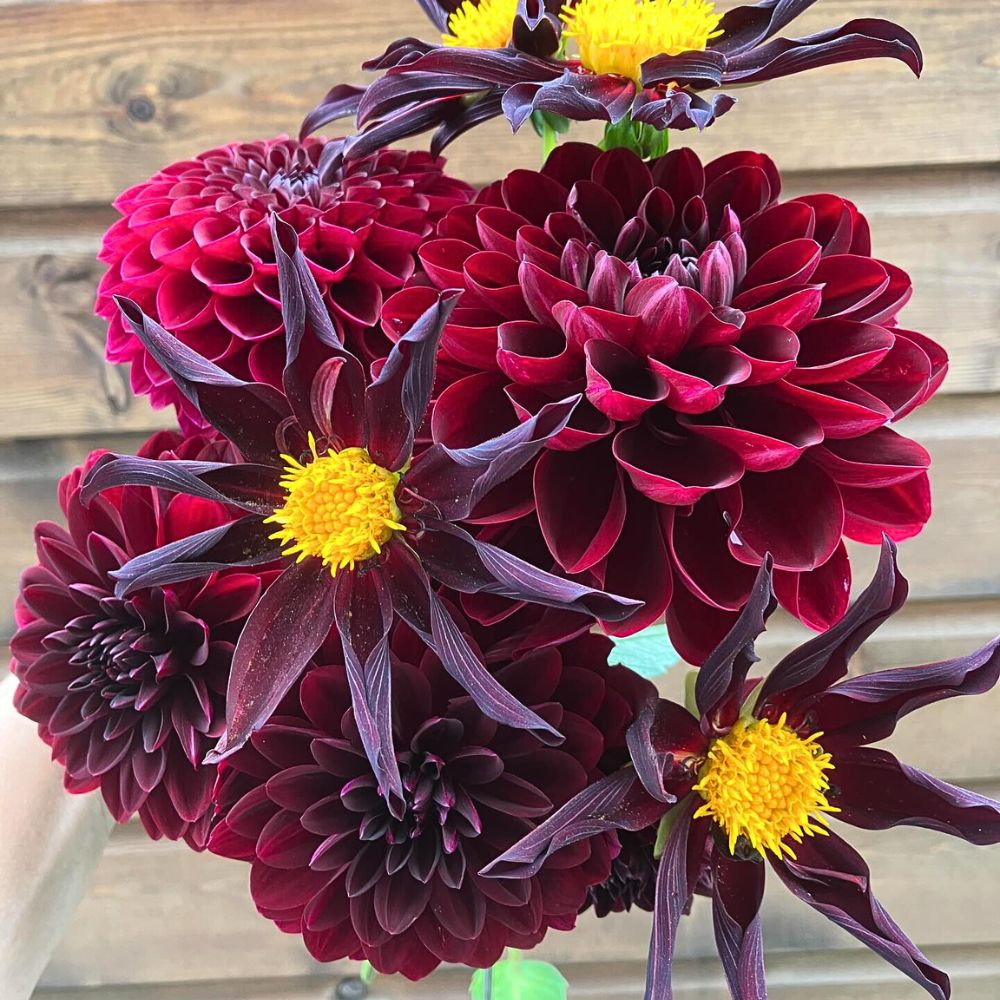
You can also read the Dahlia flower meaning and cultural significance to gain more insights about this intriguing flower.
Why the Black Dahlia Resonates in Modern Culture?
The flower’s dark and moody palette has made it a staple in gothic, punk, and alternative design aesthetics. The Black Dahlia flower is often featured in tattoo art as a symbol of individuality, mystery, and resilience in the face of adversity. It’s also commonly used in alternative wedding bouquets, moody fall arrangements, and fashion photography.
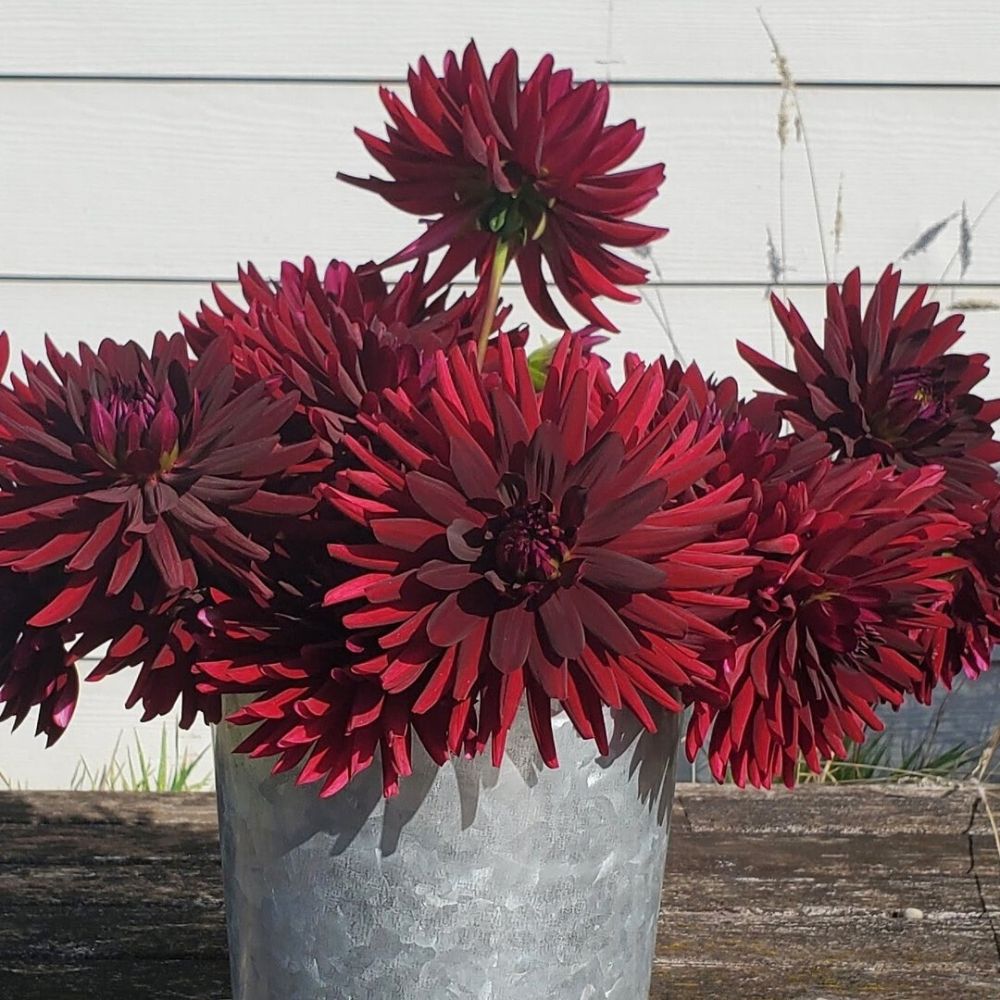
The term "Black Dahlia flower Wednesday" has gained momentum on social platforms, inspired by the character Wednesday Addams and the recent visual revival of dark floral aesthetics. The flower fits seamlessly into this cultural niche of romantic darkness and stylized rebellion.
Black Dahlia Flower Varieties That Stand Out
Several cultivars are often referred to as Black Dahlias because of their extremely dark petals. One of the most recognized varieties is Black Beauty, developed by the breeder Holyhill Dahlias for its deeply saturated maroon coloring and velvety petal texture. It’s a cultivar admired by home gardeners and designers alike for its elegance and rich color. Black Beauty is typically sourced from specialty growers across Europe and North America.
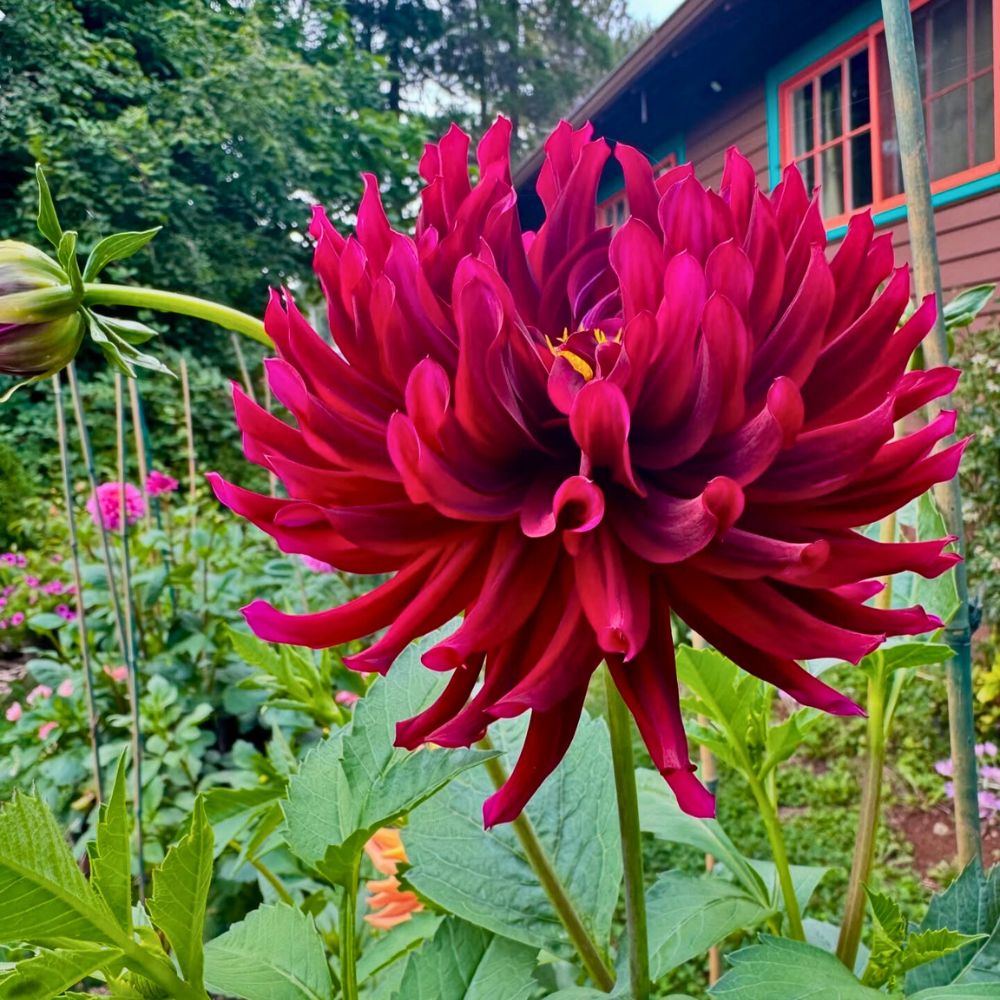
Another standout variety is Arabian Night, originally bred by Dutch breeder Weijers in 1951 and grown commercially by farms in the Netherlands and Kenya. It is among the darkest dahlias available, featuring dramatic, rounded blooms with a nearly black appearance. Arabian Nights is highly favored by florists for its ability to elevate moody bouquets and seasonal installations.
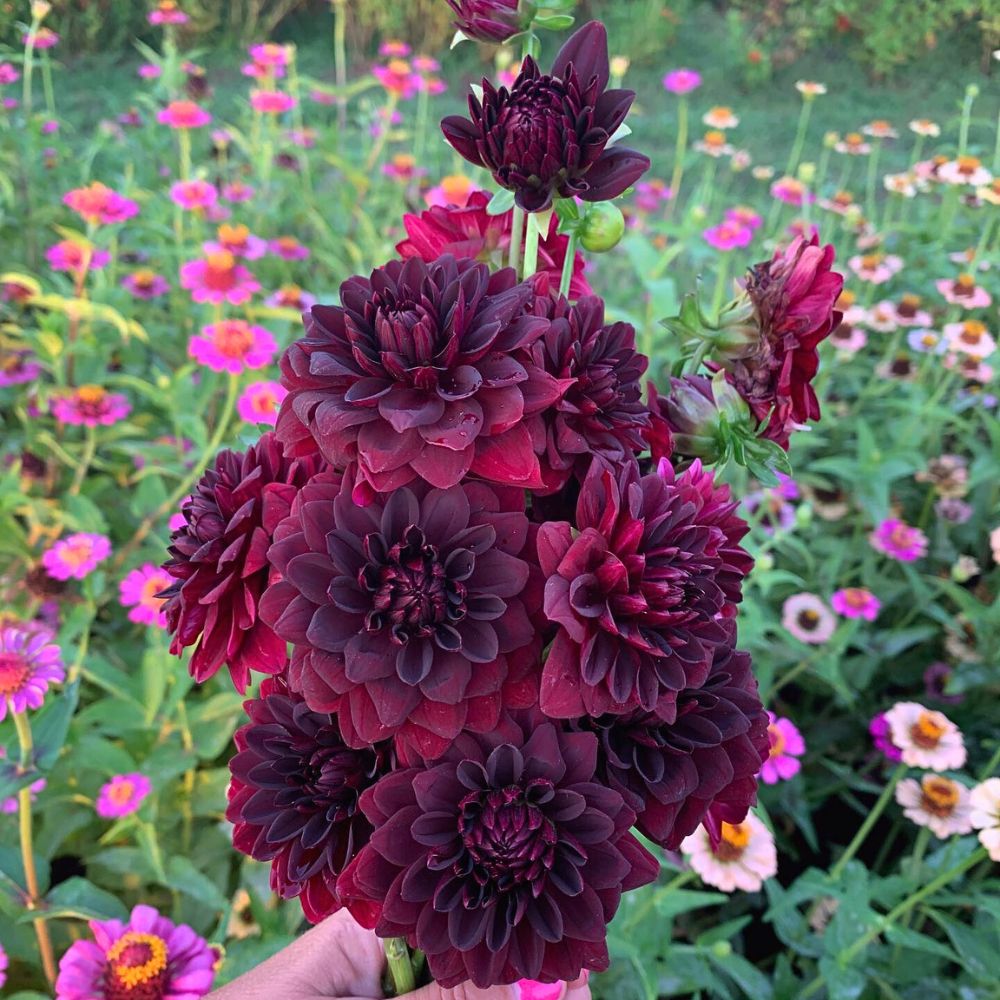
Karma Choc is another variety that regularly draws attention in both gardens and vase arrangements. Bred by the Dutch breeder Verwer Dahlia, this dahlia produces large, velvety blooms with a chocolate-plum tone. It’s cultivated widely in Europe and by boutique farms supplying the cut flower trade, thanks to its strong stems and excellent vase life.

Lastly, Chat Noir offers a full-bodied flower form with petals that radiate from nearly black centers. This variety combines dramatic visual impact with durability, making it a favorite in high-end floral arrangements. It is grown in specialty flower farms in regions with cool, temperate climates, including the Pacific Northwest and select highland farms in Kenya.
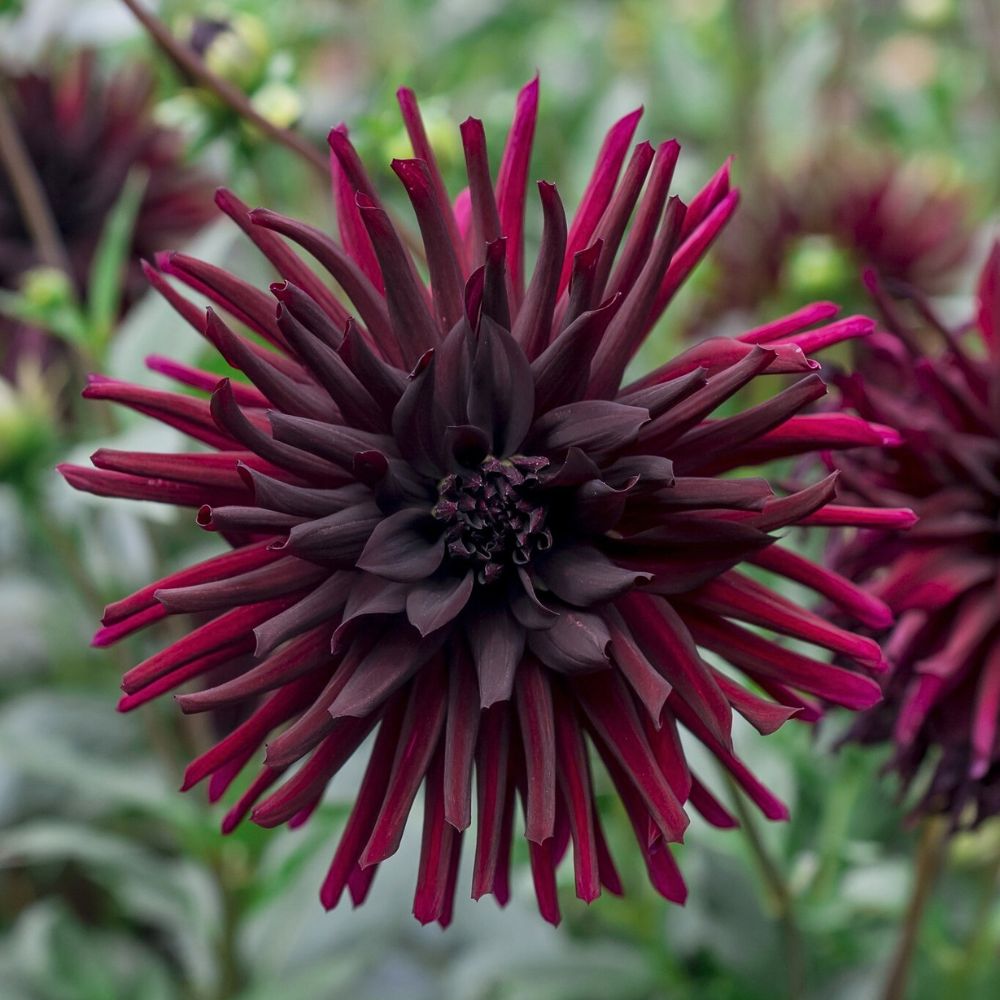
These cultivars continue to be widely accessible through garden centers, plant fairs, and international flower markets. Each offers a unique shade of darkness, contributing to the mystique and versatility of the Black Dahlia name.
Can a True Black Dahlia Ever Exist?
The pursuit of a true black flower has long intrigued plant breeders. However, genetically, a truly black pigment does not naturally occur in most flowers, including Dahlias. Breeders have come close by intensifying purples and reds to their darkest hues using selective breeding techniques, but even the darkest Dahlia varieties—such as 'Black Beauty' or 'Karma Choc'—are technically deep burgundy, maroon, or chocolate in tone. As of now, the "Black Dahlia" remains a romantic illusion—but one that continues to inspire new hybrid development.
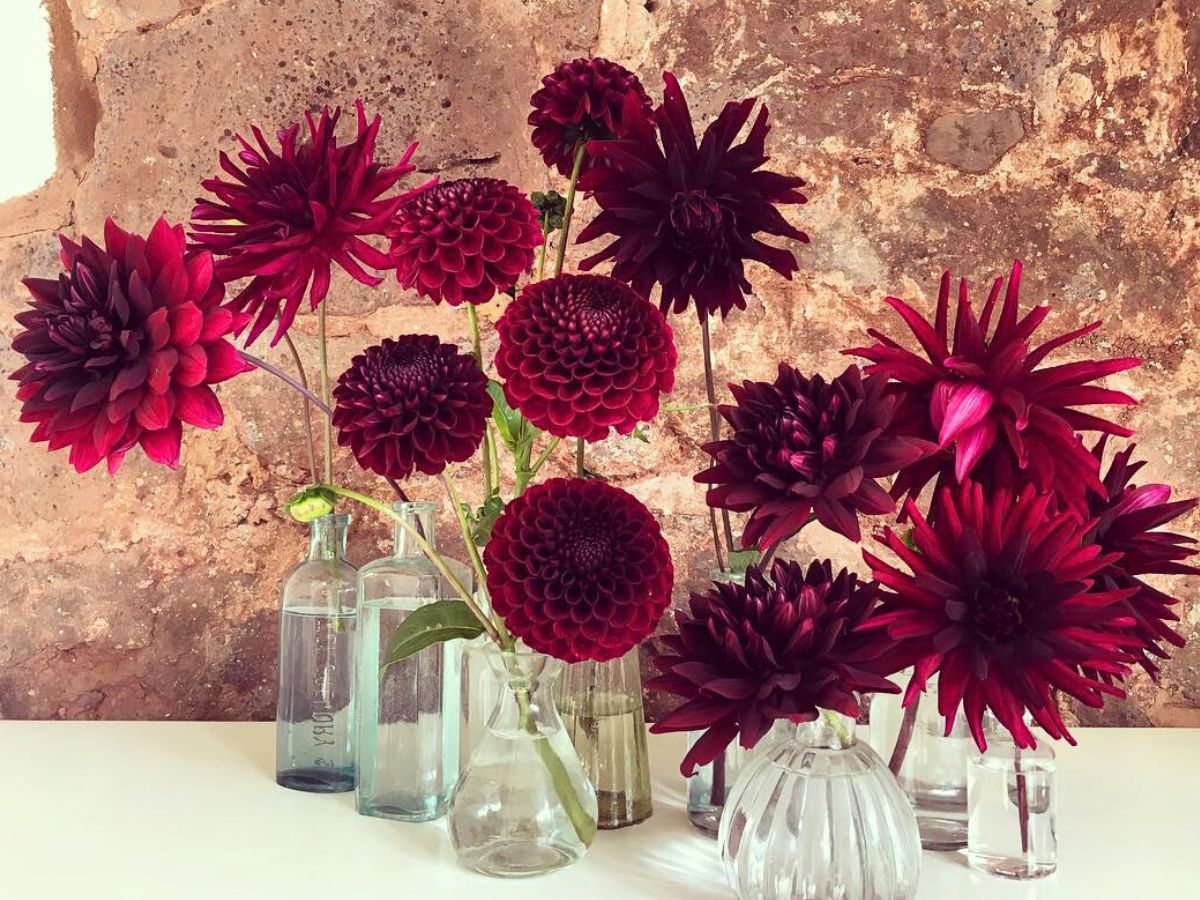
Despite the scientific limits, the horticultural world is captivated by the idea of the black Dahlia. Breeders often work across several seasons to stabilize darker color expressions while retaining desirable traits like vase life, disease resistance, and structural form. Near-black Dahlias are still incredibly desirable because of their ability to create striking contrast in gardens and arrangements. This allure drives not only new breeding efforts but also high demand among floral designers and gardeners who embrace these flowers for their boldness and mystery. In this way, the Black Dahlia—while not truly black—occupies a unique cultural and aesthetic niche that no other flower quite fills.
How to Grow and Care for Black Dahlia Flowers
Best Growing Conditions for Dark Dahlias Black Dahlia varieties grow best in sunny locations with well-drained soil and consistent moisture. They thrive in USDA zones 8 to 11 but can be grown as annuals or lifted and stored in colder climates.
- Soil: Slightly acidic to neutral, rich in organic matter.
- Sun: Full sun exposure (at least 6–8 hours a day).
- Water: Regular watering with good drainage to prevent rot.
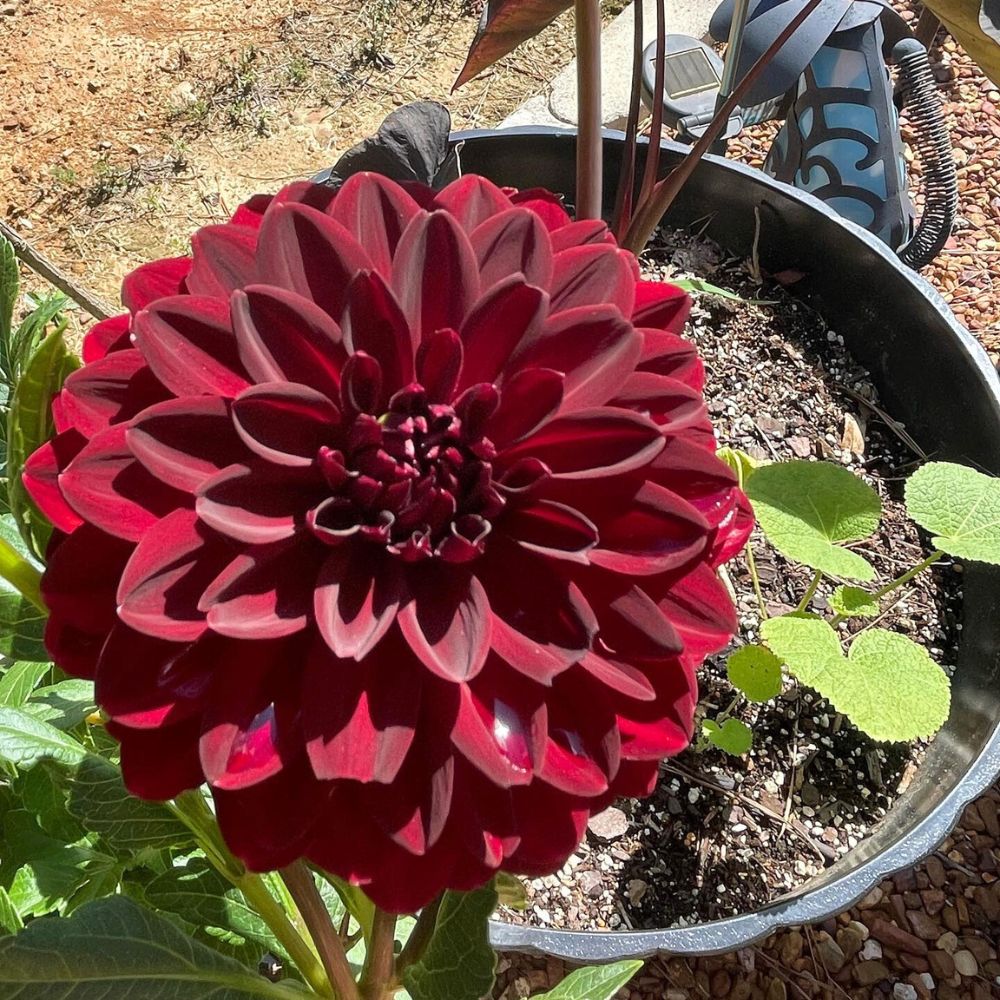
Plant Black Dahlia tubers in spring after the last frost. Space them about 12–18 inches apart, and provide support as they grow since large-flowered varieties may become top-heavy.
To maintain the darkest possible hue, plant in full sun and feed regularly with a balanced, low-nitrogen fertilizer. Deadheading spent flowers not only improves appearance but also encourages continued blooming. Mulching helps retain moisture and regulate soil temperature, both of which affect flower coloration.
Using Black Dahlias in Floral Design and Bouquets
Florists prize Black Dahlia flowers for their ability to anchor arrangements with depth, contrast, and intensity. Their dark, velvety petals—ranging from deep maroon to almost black—lend themselves to both traditional and avant-garde floral compositions. Unlike bright statement blooms, Black Dahlias offer a quiet drama. They absorb light rather than reflect it, which allows other flowers in a design to shine more brightly by contrast.
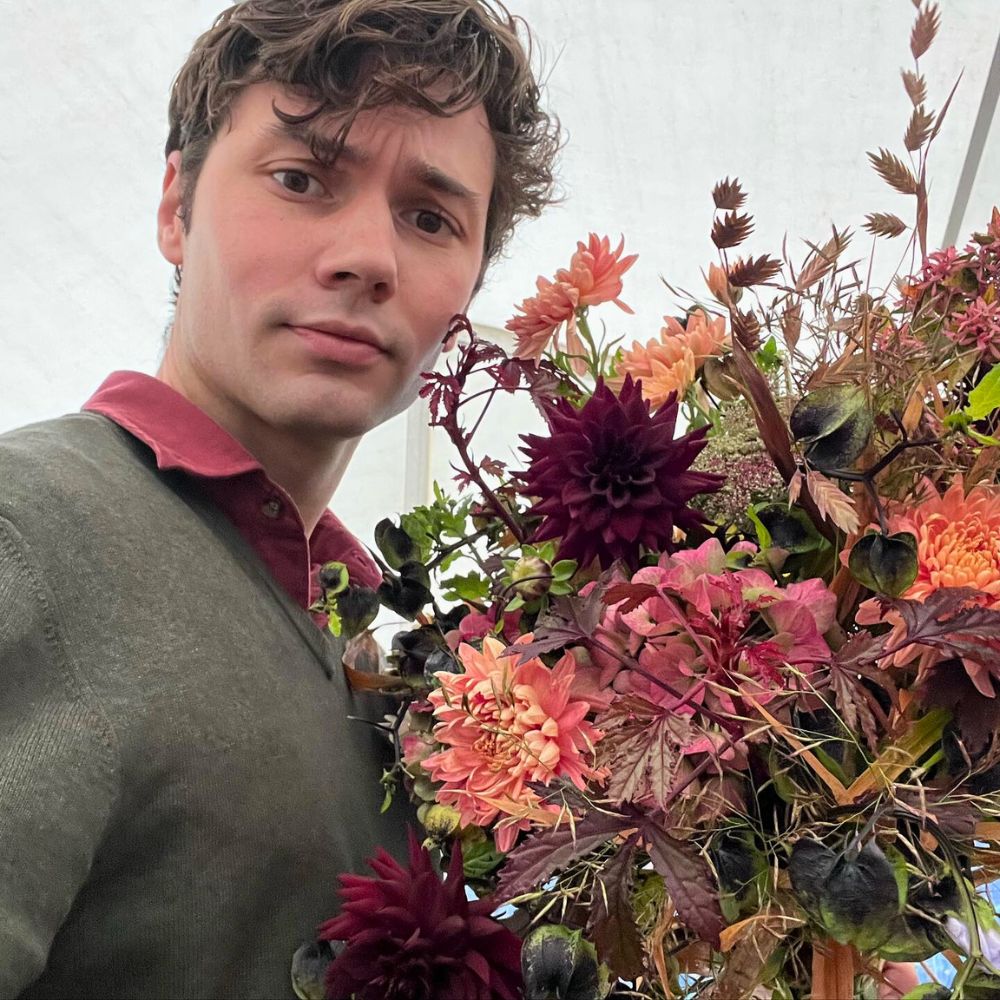
In bridal work, Black Dahlias are increasingly favored for autumn and winter weddings. Paired with pale or antique-toned roses, white Ranunculus, or even peachy garden roses, they create a grounded, moody palette without leaning too far into gothic or overly dramatic territory. Their round form also provides a strong visual balance against more frilled or airy flowers.
Designers also incorporate Black Dahlias into editorial shoots and floral installations where a high-impact look is desired. Their color and form make them ideal for structured arrangements and sculptural designs. In centerpieces, they bring dimension and a sense of formality. Florists often mix them with feathery ferns, burgundy scabiosa, dark amaranthus, or silvery eucalyptus to create lush, textural layers.
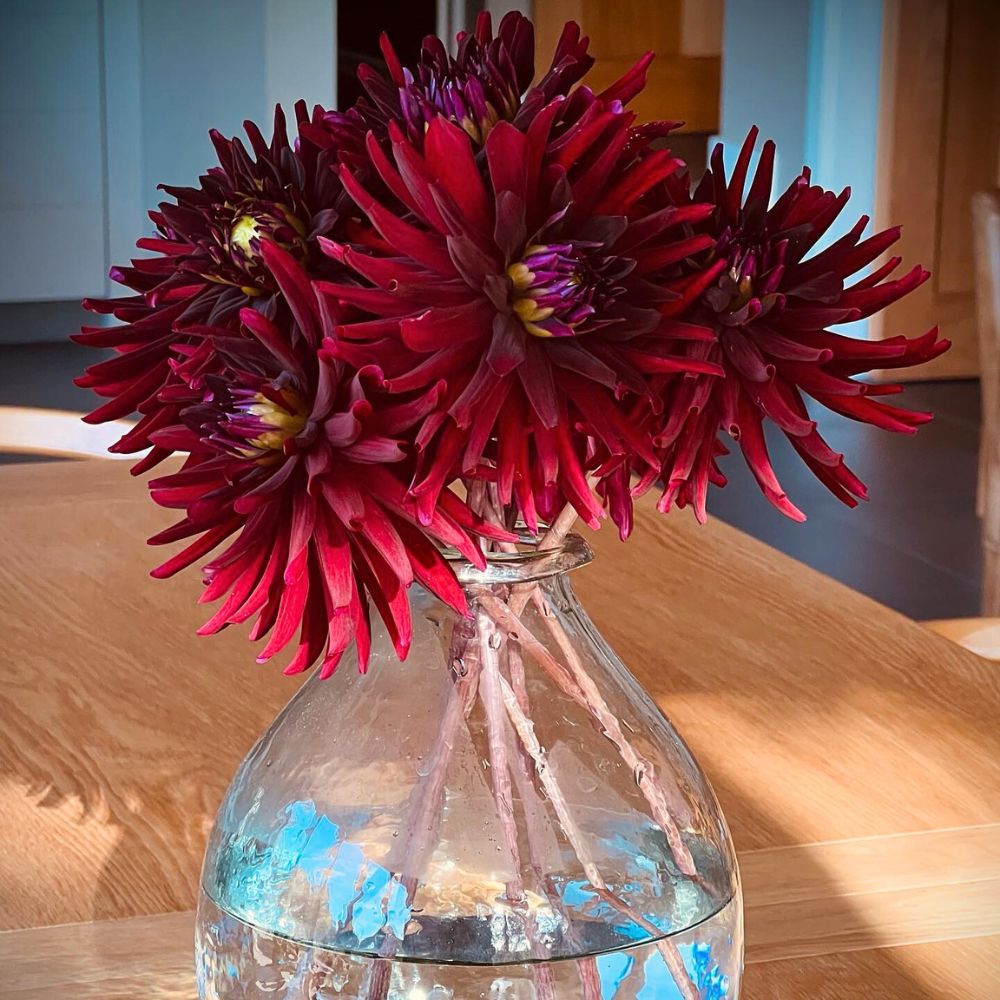
The Black Dahlia flower embodies a unique combination of beauty, depth, and narrative weight. Though not truly black, these dark-toned Dahlias remain unmatched in their ability to evoke emotion and style. Whether you’re a grower seeking elegance in the garden or a florist creating moody, meaningful arrangements, the Black Dahlia delivers a captivating presence that is as unforgettable as its name.
Header image by @Julia Griffin.

